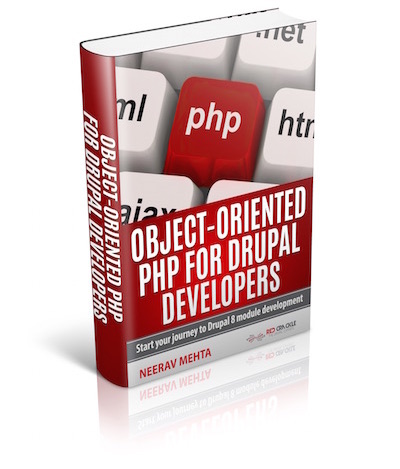As of 2020, there are approximately 1.3 billion active websites. Nearly 455 million of these websites are using WordPress. This figure translates to about 20% of all self-hosted sites.
Many well-known brands have also opted to use WordPress for their sites. There is a reason why everyone chooses WordPress: flexibility, customization, and open-source availability.
WordPress is open source and free of cost. But it still costs money to build and run a blog on WordPress. Where does this money go?
This blog post will answer all your questions.
Prerequisites of building a WordPress blog site
WordPress itself is completely free. The cost if for creating and maintaining a fully functional website. You'll be spending money on the following items:
- Web hosting
- Domain name
- purchasing a premium theme or graphic design
- Plugins and extensions
Let's talk about each of these separately:
Web hosting
All the websites on the internet are stored on one or another server. This server can be anywhere. Your website's files are stored on the server, and whenever a user searches for your site, the server responds and returns your site.
To host or store your site on some server, you need to purchase hosting. Hosting is your website's home on the internet. There are numerous hosting plans available for different kinds of sites.
The plan's duration can also vary. You can purchase a 5-year plan, a single year plan, or even a monthly plan. It all depends on your requirements and your budget.
You can get hosting starting from as low as $2.75 a month, all the way up to $100 or more per month. For a simple blog site, you can purchase the cheapest plan. These plans often come with a free SSL certificate, which is a bonus.
Domain name
A domain name is the URL of your site. Over the whole internet, your website will be referred to by this particular name. As an example, the domain name of the site where you are reading this article is redcrackle.com. Domain name is unique. There can't be another site with the same domain name.
You need to purchase your site's domain name. Usually, the prices range from $5 to $30 every year. The fee is renewed annually.
Premium themes or graphic design
WordPress has many themes available. Some are free, and some are paid. As a beginner, you can use free themes, but they lack advanced functionality.
You can search for WordPress themes online. The goal is to find a theme that best suits the needs of your business. As a blog site, you can purchase a cheap theme, as blog sites don't require much advanced functionality. Just keep in mind to choose a mobile-friendly theme.
A premium theme for your blog site can cost about $15 annually. This price can go up as more features are added. This price can go up to $100, but more than that is overkill for a blog site.
A custom theme designed by professionals can cost you from $600 up to $50,000 or even more depending on your requirements.
Plugins and extensions
Plugins are small pieces of code that are embedded in your website to enhance its functionality. They usually enhance the features of your site.
Many plugins (also called extensions) are free, but some are paid. Charges can be one time or recurring. The price depends on the features it provides.
Blogs need some necessary plugins. One example is the Yoast SEO plugin. The pro version can be availed for $5 for one year and $20 for a lifetime. There are other plugins too, such as RankMath, which range from $5 and go all the way up to $250 or even more.
Fewer plugins translate to a faster website. So try to keep the number of plugins you use to a small number.
Final Verdict
In a nutshell, if you're thinking of building your blog site on WordPress, don't assume that it's going to be free. In fact, most likely it won't be free. Many famous sites use WordPress, and so can you. All you need to do is analyze your needs and plan your build accordingly.
Firstly, you need a hosting service. Then you need to buy a domain name for your site. Next, you'll need to purchase a good theme that suits your site. Finally, you need to add the relevant plugins, and you're good to go!

